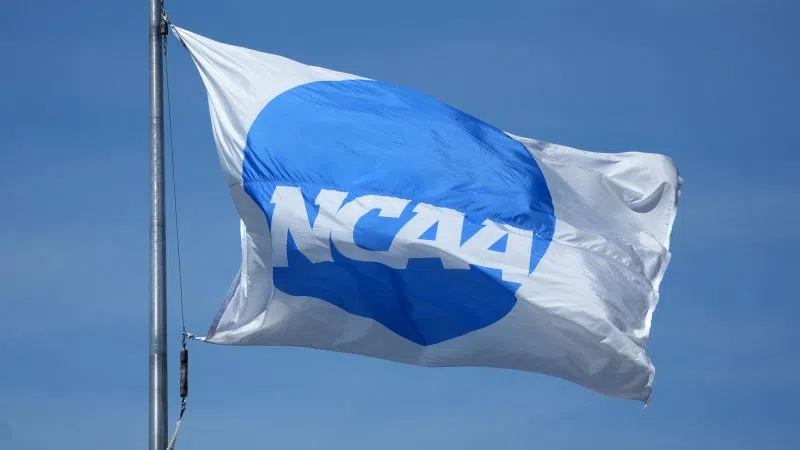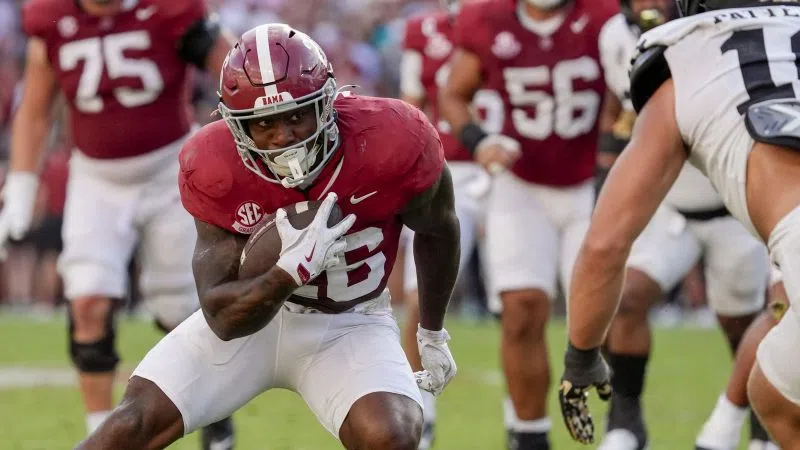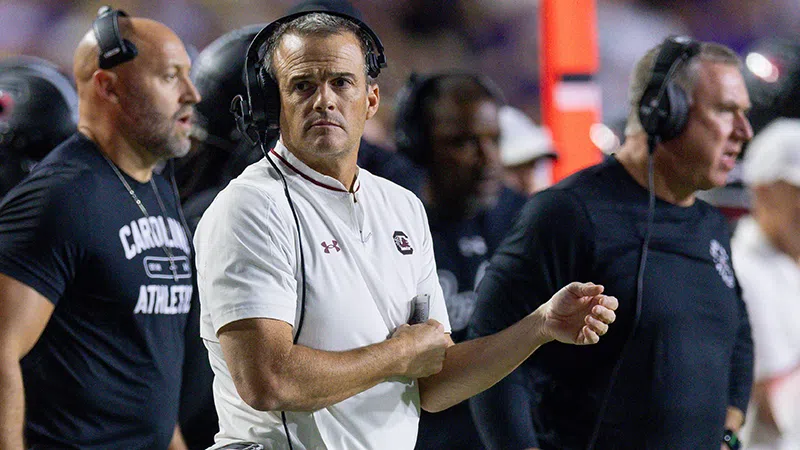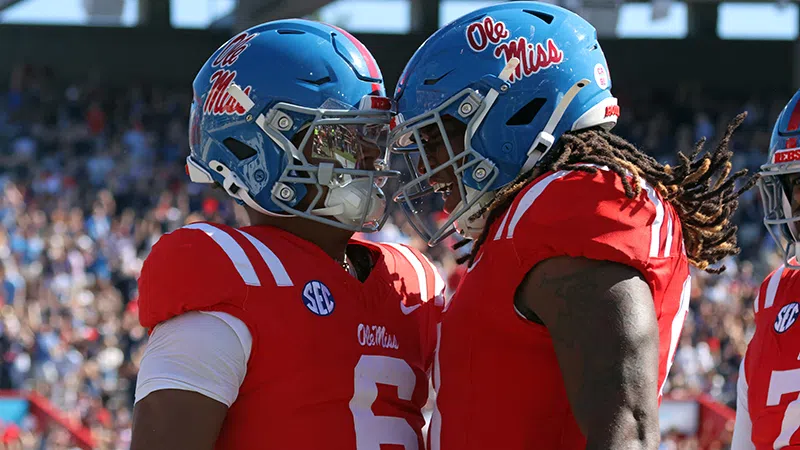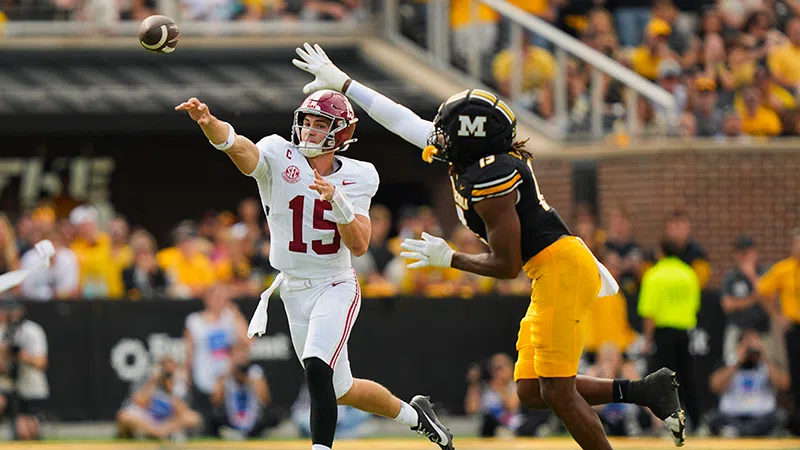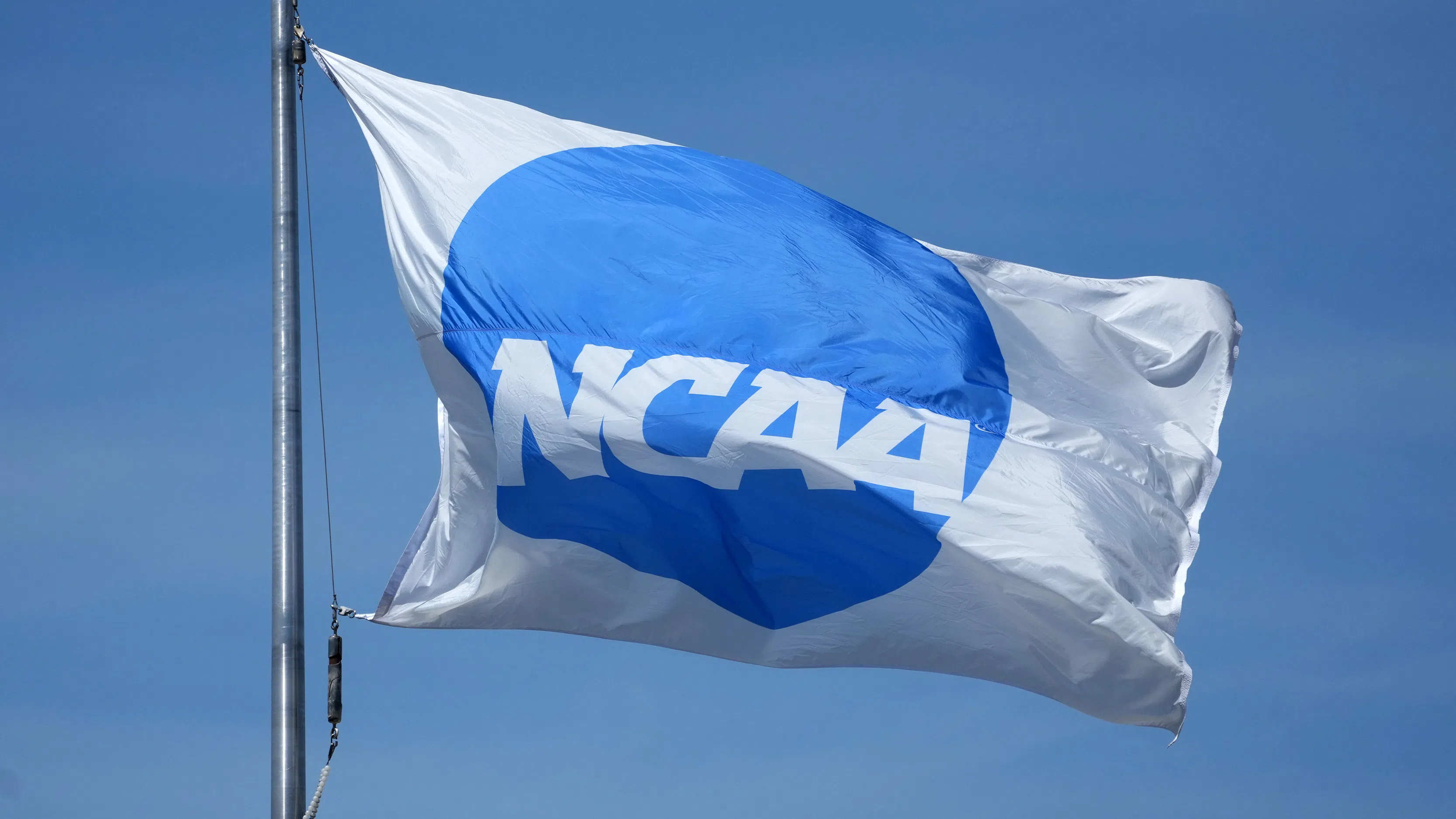
Kirby Lee-Imagn Images
By Chris Marler
The NCAA is tabling a decision that could have a large impact on the sport. Again.
Amongst a sea of changes, one of the biggest changes over the last five years has been the length of eligibility allowed. Part of the issue is from the lasting effects of COVID, and part of it is due to the new changes from the redshirt rule.
Whatever it may be, the amount of fifth, sixth, and seventh year seniors has increased almost exponentially.
There was Tyler Shough, who finished last year’s season at the age of 25 and was the only starting quarterback in FBS born in the 1990s. There’s Jalen Catalon, the Missouri safety, who is on his fourth school and a member of the 2019 recruiting class. Don’t forget Cam McCormick, the Miami tight end who was granted a ninth year of eligibility last season.
Then there’s Diego Pavia who originally enrolled in college during the Reagan administration.
Ok, that was a joke.
Vanderbilt quarterback Diego Pavia is suing the NCAA over his eligibility and NIL.
Pavia is seeking a temporary restraining order against the NCAA, which is preventing him from playing the 2025-26 season based on his attendance at junior college during the 2020-21 seasons.… pic.twitter.com/OP1Y9ZWX5L
— On3 (@On3sports) November 9, 2024
But the issue of player eligibility getting longer and longer is not ideal. It’s especially not ideal for high school students and recruits. The circle of life in football for the longest time was high school players go to college, you play in college for three to five years, and then you either go pro or go get a job. You remember just like I do. Probably because of the Enterprise Rent-A-Car commercial about NCAA athletes “going pro in something other than sports.”
I’m all for squeezing every ounce of opportunity, fun, and enjoyment from the college experience. I mean, I was basically Van Wilder in Milledgeville, Georgia. But the issue is becoming the sport of college football going from a sport comprised of 18 to 22 year olds to now 17 to 25, sometimes 26 year olds.
That’s not what anyone wants.
The solution? The five in five rule.
Allow players to have five years of eligibility. They can play five full, or partial seasons in five years. Leave some wiggle room for logic and reason if someone suffers multiple injuries, and allow cases to be heard for specialty circumstances. All of this is simple.
Or it should be. But, of course, once again the lesson we’ve all learned is that nothing apparently is simple once the NCAA is involved.

More SEC News
